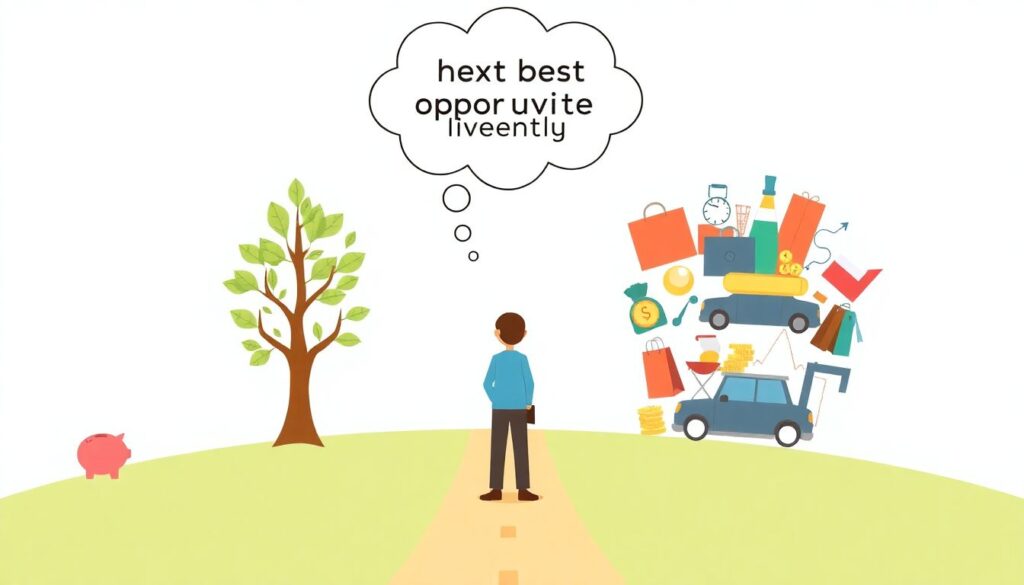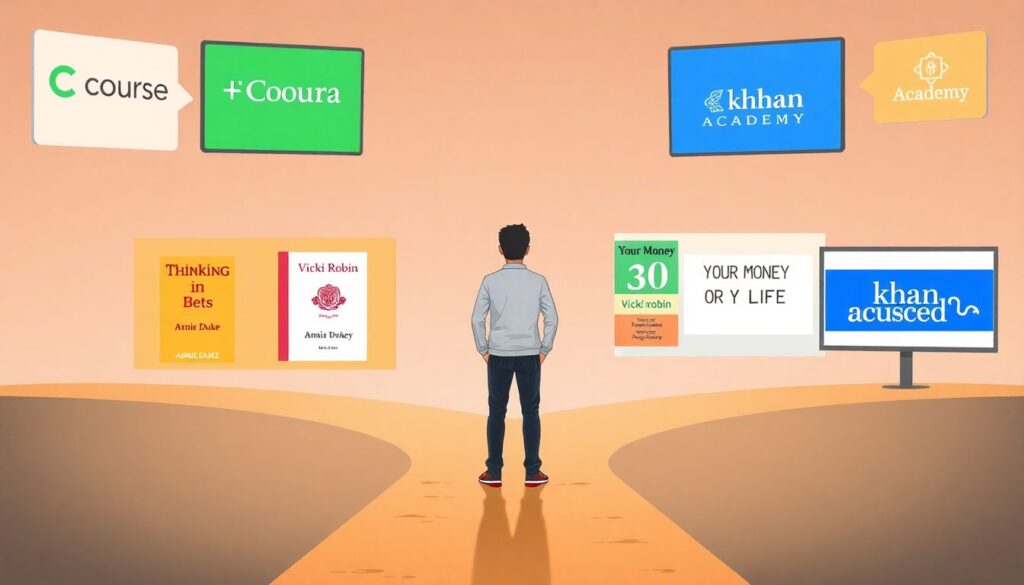Understanding Opportunity Cost in Personal Finance

Opportunity cost in personal finance is one of the most underestimated yet fundamentally transformative concepts. At its core, it refers to the value of the next best alternative that you give up when making a financial decision. Whether choosing between spending or saving, investing or paying down debt, opportunity cost is always in play. Ignoring it often leads to suboptimal financial choices and missed chances for wealth accumulation.
Imagine this: you receive a $1,000 bonus. You can either deposit it in a low-yield savings account or invest in an index fund with an average 7% annual return. If you choose the savings account yielding 1%, your opportunity cost is the 6% annual return you forgo. In five years, that seemingly minor decision could cost you hundreds of dollars. This is why understanding the importance of opportunity cost in budgeting is crucial for long-term financial health.
Inspiring Examples of Strategic Trade-Offs
Let’s look at real-life opportunity cost examples that highlight how powerful smart trade-offs can be. Consider Sarah, a software developer who was offered a job with a high salary but long commute. Instead, she chose a lower-paying remote job, saving 15 hours weekly. She used that time to launch a freelance business, which now earns double her salary. Her decision wasn’t just about money—it was about maximizing the value of her time and energy.
Another inspiring example is Jamal, a university student who delayed buying a car and used public transport instead. He invested the $10,000 he would have spent, and over the next eight years, with compounding returns, he accumulated over $17,000. These opportunity cost examples demonstrate how choosing not to spend now can create exponential gains later.
Approaches to Calculating and Managing Opportunity Costs
Understanding how to calculate opportunity cost enables better financial decision-making. One simple approach is to compare expected returns or benefits. For example, if you’re choosing between paying off a 5% interest debt or investing with a projected 8% return, the opportunity cost of debt repayment is the 3% differential in growth.
However, some experts argue for a broader view. They emphasize incorporating time, stress, and flexibility into decision-making, especially in personal finance. For instance, choosing a job that pays more but demands long hours might have hidden opportunity costs like health issues or lost family time. So while numeric calculations are essential, qualitative factors are equally important.
There’s also the behavioral approach. This method encourages awareness of sunk costs—expenses that cannot be recovered—and differentiating them from opportunity costs. The opportunity cost vs sunk cost distinction is vital. Continuing a gym membership you never use just because you paid upfront is a classic sunk cost fallacy. Cutting losses and reallocating resources based on opportunity cost can lead to smarter financial outcomes.
Successful Case Studies of Opportunity Cost Awareness

Several successful entrepreneurs attribute their growth to an acute sense of opportunity cost. Take the story of Elena, who left a high-paying corporate job to build a startup. Everyone warned her of the financial risk. However, she calculated the opportunity cost of not pursuing her idea—remaining in a job that didn’t align with her goals. Today, her company generates seven-figure revenues annually.
Another example is Andre, who chose not to buy a house in his 20s and instead invested his down payment in a diversified portfolio. While his peers paid off mortgages, Andre’s investments compounded significantly, giving him the freedom to buy a property outright by 35. His success highlights the importance of opportunity cost in budgeting and how long-term vision can redefine wealth creation.
How to Develop a Strategic Mindset Around Opportunity Cost
Developing a mindset that consistently evaluates trade-offs requires deliberate effort. Start with these steps:
1. Track every major decision: Write down what you chose and what you gave up. Revisit these notes quarterly to spot patterns.
2. Use forecasting tools: Apps like Personal Capital or spreadsheets can project different outcomes over time, showing the real cost of each decision.
3. Prioritize flexibility and time: Often, non-monetary trade-offs have the most lasting impact.
4. Consult with professionals: Financial advisors can help you quantify opportunity costs you might overlook.
5. Educate yourself continually: Stay updated on financial trends, investment strategies, and economic shifts that influence opportunity cost calculations.
By embedding these habits into your financial routine, you cultivate a sharper, more strategic approach to money management.
Top Resources to Learn More About Opportunity Cost

For those serious about mastering opportunity cost in personal finance, several resources offer deep dives. Books like *“Thinking in Bets”* by Annie Duke and *“Your Money or Your Life”* by Vicki Robin encourage readers to reevaluate the value of their choices. Online platforms such as Coursera, Khan Academy, and Investopedia offer free and structured courses that teach how to calculate opportunity cost and apply it in real-life scenarios.
Podcasts, too, provide ongoing education. Shows like *“The Indicator from Planet Money”* and *“Afford Anything”* cover real-world applications of economic principles, including opportunity cost vs sunk cost comparisons that shape financial behavior. These resources equip you to make smarter, more informed decisions daily.
Conclusion: Every Choice Has a Cost—Make It Count
Recognizing the hidden costs of our financial decisions isn’t just about saving money—it’s about aligning our choices with our goals and values. Opportunity cost in personal finance teaches us that every dollar spent, every hour used, and every path taken comes with trade-offs. By learning how to calculate opportunity cost and apply it thoughtfully, we unlock the potential to grow wealth, time, and satisfaction in our lives.
The next time you face a financial decision, pause and ask yourself: What am I giving up by choosing this? You might find that the path to financial freedom begins not with earning more, but with choosing better.

